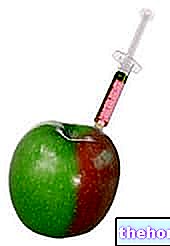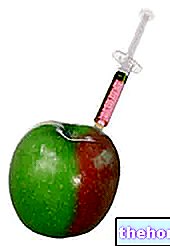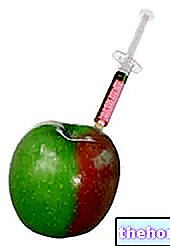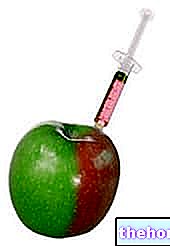E421 MANNITOL (or MANNA SUGAR)
Mannitol, often called mannite, is a chiral alditol found in many plants, such as conifers, seaweeds and fungi; its name derives from the manna (the sap of the ash tree) from which it can be obtained. In addition to having a natural origin, mannitol can be synthetically produced from glucose.
Mannitol is an additive with stabilizing, thickening, gelling, emulsifying, sweetening (sweetening power slightly higher than half that of sucrose), leavening and diuretic (belongs to the class of osmotic diuretics and is contained in various cough candies and certain medicines for children).
Mannitol can be added to many baked and pastry products, in diet foods and in dried fruit.
A part of the mannitol present in our body is absorbed and metabolized as glucose, while the other part is fermented in the large intestine, where the gases produced during fermentation could cause bloating and flatulence. Generally, only after the consumption of an excessive amount, Negative side effects of a gastrointestinal nature may occur (due to its laxative effect) excluding the negative side effects which may occur, even in small doses, in people intolerant to mannitol (gas formation).
Not recommended for pregnant women, nurses and children, because following the ingestion of mannitol they could suffer gastric problems.
ADI DOSE: 0-50 mg per kg of body weight (for other sources up to 160 mg / kg of body weight). In spite of everything, mannitol is not a dangerous compound for the consumer's health, being a full-fledged carbohydrate.
.jpg)


.jpg)

























